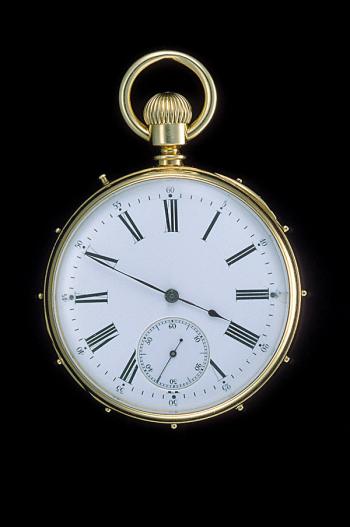
Behind the data in eye care: Insights from The Vision Council's Ashely Mills
The Year of Vision has not been running exactly to plan for anyone in eye care, but for Ashley Mills, the CEO of
“We think that vision matters,” Mills explains about the role of The Vision Council. “We think it needs to be elevated. We think it impacts how people live their lives, and we want to the be the leader in making sure that people get the vision correction that they need to live their best lives. Vision is empowerment.”
At its foundation is market research, and on this video podcast, we discuss some of the pivotal research and advocacy The Vision Council is conducting behind the scenes to serve and grow the industry.
Diversity in leadership
In 2019, The Vision Council conducted the
This lack of diversity and representation often leaves eyecare industry professionals feeling like there is little to no room for them to grow to the top of their profession. When asked about their outlook for personal advancement, 27 percent of women (vs 17 percent of men) and 35 percent of people of color (vs 20 percent of whites) are more likely to have a negative outlook on advancement and opportunities in vision.
“I don’t know that we were shocked, but the point of the survey was to benchmark,” Mills says about the findings of the 2019 survey. “Until we had a benchmark, we couldn’t start setting goals and taking action. I am pleased to report that now that we know how we measure up against other industries, we can start establishing actionable goals for the industry.”
New diversity task force
The study results helped launch the creation of the new
“This is happening, and we are going to go there,” Mills says. “You will either come with us and be a part of the change, or you will be left woefully behind. This is moving quickly, and it’s been so beautiful to see the support throughout the industry for this initiative. The worst thing we can do is to just talk about it. The best thing we can do is to establish some initiatives and chart progress, and that’s where we are now.”
Looking to the future
Now that opticals and private practices around the country are several months out from reopening, looking at consumer trends in eye care is essential tp understanding the industry’s long-term recovery and any lasting impact that COVID-19 could have on patient behaviors.
The most recent
Despite the concerns this data raises, Mills reassures eyecare providers that 2020 is not a lost cause.
“The trends overall are very positive compared to where we were in April,” she says. “About 41 percent of consumers say they are going to get the vision care they need and purchase optical products, no matter how they need to do it. Our low point was in June where 66 percent of eyecare providers were reporting a significant drop in their business, but in August that number was down to only 38 percent This is not over by any stretch, but compared to where we were in April, May, and June, we are on a much better path.”
Says Darryl Glover, OD, near the end of the episode: “When there is tragedy, there is always opportunity.”
And while 2020 hasn’t been the Year of Vision we had originally planned, it most certainly has been one where the vision industry has persevered. One of the things many ODs are looking forward to for 2021 is the possibility of in-person conferences returning. Plans for live and in-person
References
1. The Vision Council. Diversity & Inclusion Key Findings. Available at: https://thevisioncouncil.org/sites/default/files/assets/images/TVC_2020_DandI_one-pager.pdf. Accessed 10/22/20.
2. The Vision Council. Quarterly and Annual Market Reports. Available at: https://www.thevisioncouncil.org/members/quarterly-and-annual-market-reports. Accessed 10/22/20.
Newsletter
Want more insights like this? Subscribe to Optometry Times and get clinical pearls and practice tips delivered straight to your inbox.













































.png)


